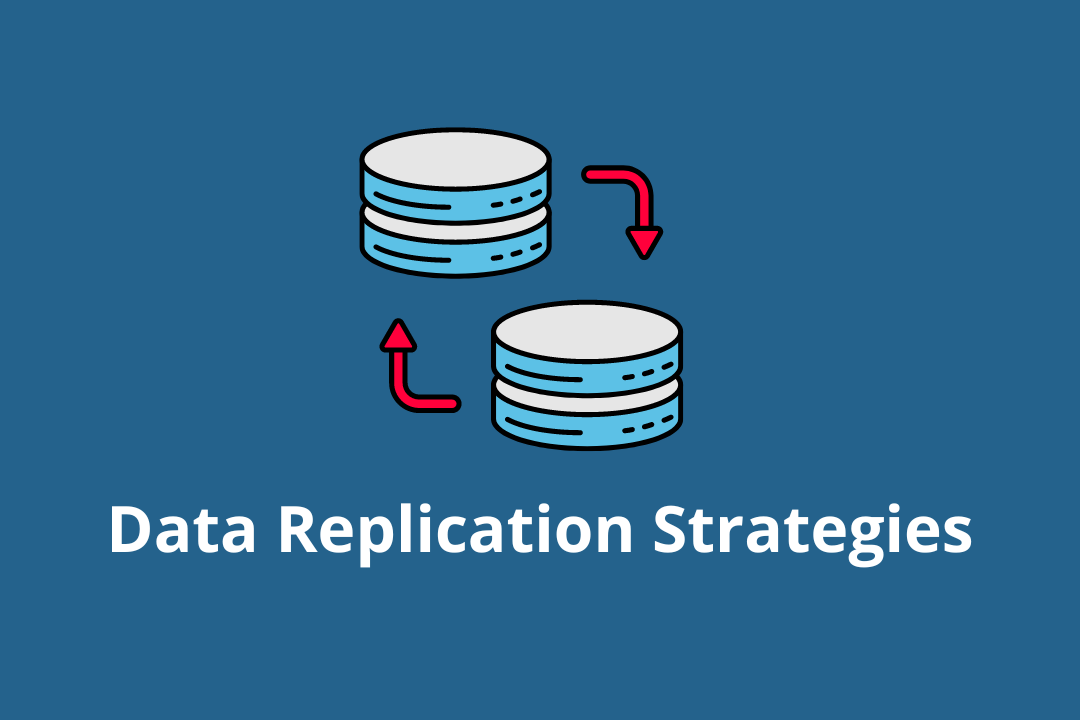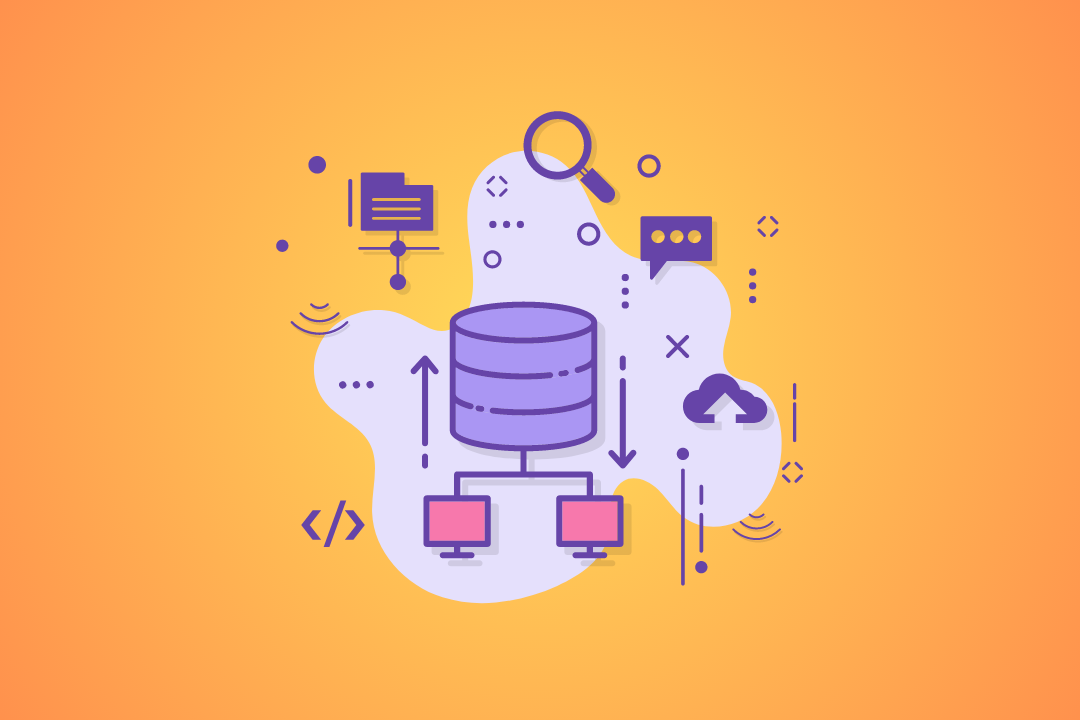10 Must Do System Design Interview Questions and Answers
The Importance of System Design Interviews
Cracking a tech interview isn’t just about showcasing your coding skills. There’s a pivotal component that often becomes a game-changer – system design interviews. Let's see why these interviews hold such significance and what role system design plays in tech roles.
a. Why Companies Focus on System Design Interviews
-
Strategic Insight: Companies aren’t just testing knowledge; they’re evaluating your ability to architect robust, scalable, and efficient systems. This insight into your strategic thinking becomes a predictor of your success in crafting innovative solutions.
-
Real-world Application: Ever wondered how Facebook manages 2.8 billion active users or how Amazon handles 300 million user accounts? The answers lie in effective system design. Companies are on the hunt for professionals who can contribute to solving real-world challenges through optimized systems.
-
Mitigating Risks: A single hour of downtime can cost companies like Amazon approximately $100 million. By focusing on system design interviews, companies aim to mitigate the risks associated with system failures by hiring candidates who can foresee and address potential issues.
b. The Role of System Design in Tech Roles
-
Crafting Solutions: System design isn’t just about drawing diagrams; it’s about creating sustainable solutions. Take the example of Twitter, initially plagued by the "Fail Whale" due to scalability issues. A redesign of its system architecture was crucial in enabling millions of tweets per day.
-
Meeting User Needs: With 4.9 billion Internet users globally, the diversity in user needs is immense. System design in tech roles is about ensuring platforms can adapt, evolve, and continue to meet this ever-changing landscape of user requirements.
-
Building for the Future: In the fast-paced world of technology, what’s innovative today may become obsolete tomorrow. Professionals in tech roles utilize system design principles to build adaptable and forward-compatible systems, ensuring longevity and relevance in a competitive market.
In a nutshell, acing the system design interview is about showcasing your ability to contribute innovatively and sustainably to the ever-evolving tech landscape. It’s about demonstrating that you can be part of building the next big thing – be it the next social media giant, e-commerce platform, or groundbreaking gaming system.
To help you prepare for system design interviews, here is an outline of 10 essential categories of system design interview questions. This should help you understand what to focus on while you prepare for interviews.
1. Design a Chat Service (like Facebook Messenger or WhatsApp)
- Focus on real-time messaging and data synchronization across devices.
- Handle high volumes of messages while maintaining low latency.
- Ensure data privacy and security in message transmission.
- Implement features like group chats, media sharing, and read receipts.
High-Level Design: The architecture should include a scalable server infrastructure to handle concurrent users and message traffic. A real-time messaging protocol like WebSockets can be used for instant communication. Data storage should consider a distributed database system for scalability and quick access. The design should also incorporate a notification system for message alerts across devices.
Key Points to Consider: Pay attention to efficient data routing and message queuing systems. Ensure data consistency and durability in case of network failures. Optimize for low latency in message delivery. Consider the trade-offs between relational and non-relational databases for storing messages and user data. Security measures like end-to-end encryption are crucial for user privacy.
2. Design a Mass Social Media Service (like Facebook, Twitter, or Instagram)
- Strategies for handling large-scale data and user traffic.
- Implement features like news feeds, post interactions, and multimedia content.
- Consider user authentication and content moderation systems.
- Focus on personalized user experiences and content recommendation algorithms.
High-Level Design: The design should encompass a distributed server architecture to manage high traffic loads. A complex database structure is needed for storing various types of content, user data, and interaction histories. The system should include algorithms for news feed generation and content recommendation, considering user preferences and behavior.
Key Points to Consider: Efficient data indexing and search capabilities are essential. The design should handle the trade-off between data consistency and availability. Scalability is crucial for handling peak loads. Content delivery networks (CDNs) can be used to improve content delivery speeds. Privacy and data security policies are paramount.
3. Design a Social Network and Message Board Service (like Quora, Reddit, or HackerNews)
- User-generated content, community engagement, and content moderation.
- Scalability and efficient search functionality across numerous posts and threads.
- Implement systems for user reputation and content ranking.
- Ensure reliability and consistency in content updates and user interactions.
High-Level Design: The architecture should include components for user management, content storage, and search functionality. A hierarchical data model can be effective for organizing threads and responses. The system should have robust mechanisms for content moderation and spam detection. Integrating a caching system would improve response times for frequently accessed content.
Key Points to Consider: The design must ensure quick access and update times for threads with high user activity. Scalability is key for handling sudden spikes in traffic. Implementing effective algorithms for content ranking and recommendation based on user activity and preferences is crucial. Privacy and security features need to be integrated to protect user data.
4. Design a File Sharing Service (like Dropbox, Google Drive, or Google Photos)
- Secure file storage, sharing, and synchronization across multiple devices.
- Handling large file sizes and optimizing for fast upload/download speeds.
- Implement version control and recovery options for files.
- Considerations for user access control and file encryption.
High-Level Design: The service should be built on a cloud-based infrastructure for scalability and accessibility. It should include a file management system for uploading, storing, and retrieving files efficiently. A synchronization mechanism is necessary to keep files updated across devices. The design must incorporate security measures such as encryption and secure authentication.
Key Points to Consider: Focus on optimizing data transfer speeds and minimizing storage costs. Implement a robust system for data backup and recovery. User interface design is crucial for a seamless user experience. The system should support different file formats and sizes. Security and privacy of user data are of utmost importance.
5. Design a Video Sharing Service (like YouTube, Netflix)
- Manage large-scale video storage and optimize streaming services for different devices.
- Implement user recommendations, content search, and playback quality adjustments.
- Focus on scalable video encoding and transcoding processes.
- Develop strategies for handling peak streaming demands and content delivery.
High-Level Design: A distributed content delivery network (CDN) is essential for efficient video streaming. The system must include components for video storage, transcoding, and streaming. A recommendation engine based on user preferences and viewing history will enhance user experience. The design should also consider adaptive bitrate streaming for different network conditions.
Key Points to Consider: The architecture must support high bandwidth and storage requirements. Video compression techniques are important to reduce storage and bandwidth costs. Ensuring low latency and high availability is crucial for user satisfaction. Implementing machine learning algorithms for personalized recommendations will improve user engagement. Security and copyright compliance are also critical considerations.
Adding three more categories:
6. Design a Proximity Service (like Yelp, Nearby Friends, Uber)
- Integrate location-based services and real-time updates.
- Balance privacy concerns with functionality for services reliant on user location.
- Consider efficient geospatial queries and location accuracy.
- Develop strategies for dynamic content based on user location.
High-Level Design: The system should include a geolocation service for tracking and updating user locations. A scalable database for storing location data and performing geospatial queries is essential. The design must ensure efficient real-time data processing and updating. Implementing user privacy controls and location-sharing settings is vital.
Key Points to Consider: Focus on the accuracy and precision of location data. Scalability is key to handle a large number of concurrent location requests. Data caching can improve response times for frequent queries. User privacy and data security should be prioritized in the design. Consideration for varying network conditions and GPS availability is important.
7. Design a Search Engine Related Service (like Typeahead or WebCrawler)
- Develop fast, predictive search capabilities for enhanced user experience.
- Design efficient web crawling and data indexing strategies for accurate search results.
- Implement scalable architecture to handle large volumes of search queries.
- Focus on relevance and ranking algorithms for search results.
High-Level Design: The service should include a web crawler for collecting and indexing web content. A search engine backend is needed for processing and serving search queries. The design should incorporate algorithms for predictive typing and search relevance. A scalable and distributed database will be necessary for storing indexed data.
Key Points to Consider: Efficient data retrieval and indexing mechanisms are crucial. The design must balance between freshness and comprehensiveness of indexed content. Implementing sophisticated algorithms for relevance and ranking of search results is important. The system should be designed to handle a high query load with low latency. User privacy and data security considerations are essential.
8. Design an E-commerce Platform (like Amazon, eBay)
- Manage a large inventory of products and user data.
- Implement features like product search, reviews, and transaction processing.
- Focus on personalized user experiences and recommendation systems.
- Ensure secure and efficient payment processing systems.
High-Level Design: The platform requires a robust database for managing product listings and user information. It should include systems for search, reviews, and transaction handling. Integrating a recommendation engine based on user browsing and purchase history will enhance the shopping experience. The design must also include secure payment processing and fraud detection mechanisms.
Key Points to Consider: Scalability is key to handle peak shopping periods. Efficient search algorithms and caching mechanisms will improve user experience. Security measures for payment processing and user data protection are crucial. The system should support various payment methods and currencies. User interface design is important for easy navigation and a seamless shopping experience.
9. Design a Cloud-Based Software Development Environment (like GitHub, GitLab)
- Handle version control and collaboration features for software development.
- Implement robust security measures for code storage and access.
- Focus on scalability and reliability for handling large codebases.
- Develop features for continuous integration and deployment (CI/CD).
High-Level Design: The environment should include a version control system for managing code changes. It requires a collaboration platform for developers to work together and review code. The design must ensure high availability and scalability to support large numbers of users and projects. Integrating CI/CD pipelines for automated testing and deployment is essential.
Key Points to Consider: Efficient handling of concurrent code changes and merges is critical. The system must be highly secure to protect sensitive code and data. Implementing user-friendly interfaces for code review and collaboration will improve productivity. Scalability to accommodate growing project sizes and user numbers is important. Integrating with third-party tools and services will enhance functionality.
10. Design a Health Monitoring System (like Fitbit, Apple Health)
- Focus on real-time health data tracking and analysis.
- Implement features for personalized health insights and recommendations.
- Ensure data privacy and security in health information handling.
- Develop integration capabilities with various health devices and platforms.
High-Level Design: The system should include sensors and devices for collecting health data. A scalable and secure database is needed for storing sensitive health information. The design must incorporate data analysis algorithms for generating health insights. User interfaces should provide easy access to health metrics and recommendations.
Key Points to Consider: Accuracy and reliability of health data collection are paramount. The system must ensure strict compliance with health data privacy regulations. Scalability to handle large volumes of data from multiple sources is crucial. User-friendly interfaces and actionable insights will enhance user engagement. Integrating with external health services and platforms can provide comprehensive health management.
Conclusion
Remember, system design interviews aren't just about finding the right answers; they're about demonstrating your ability to think critically, solve complex problems, and envision systems that can scale and evolve. As you dive into your preparation, focus on understanding the core concepts, practice articulating your thoughts clearly, and most importantly, don't be afraid to think outside the box.
System design is as much an art as it is a science. It's about creating solutions that are as elegant as they are effective. By preparing across these diverse categories, you'll not only be ready for your interviews but also be one step closer to becoming a well-rounded tech professional who can design systems that make a difference.
Good luck, and happy designing!






